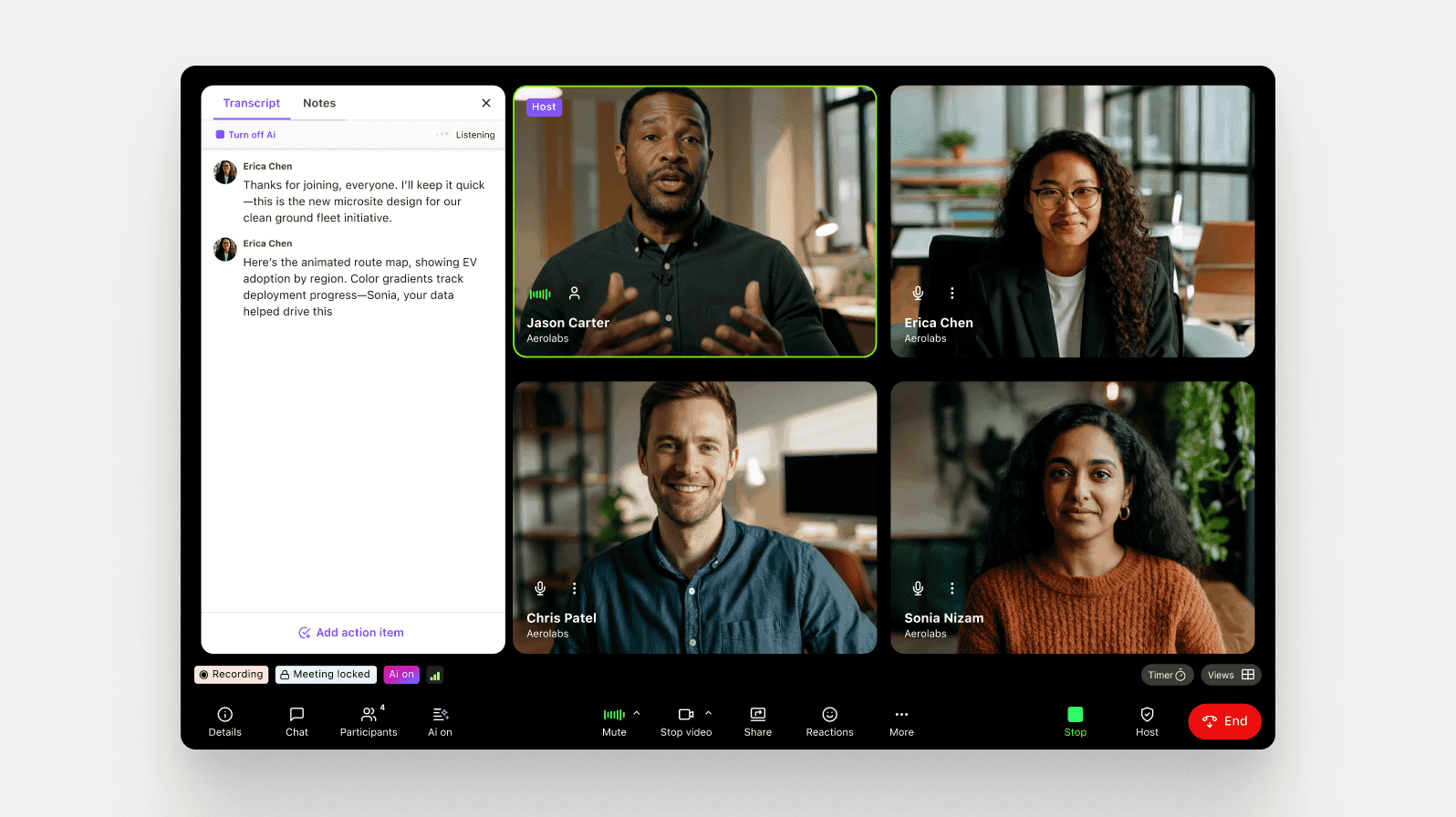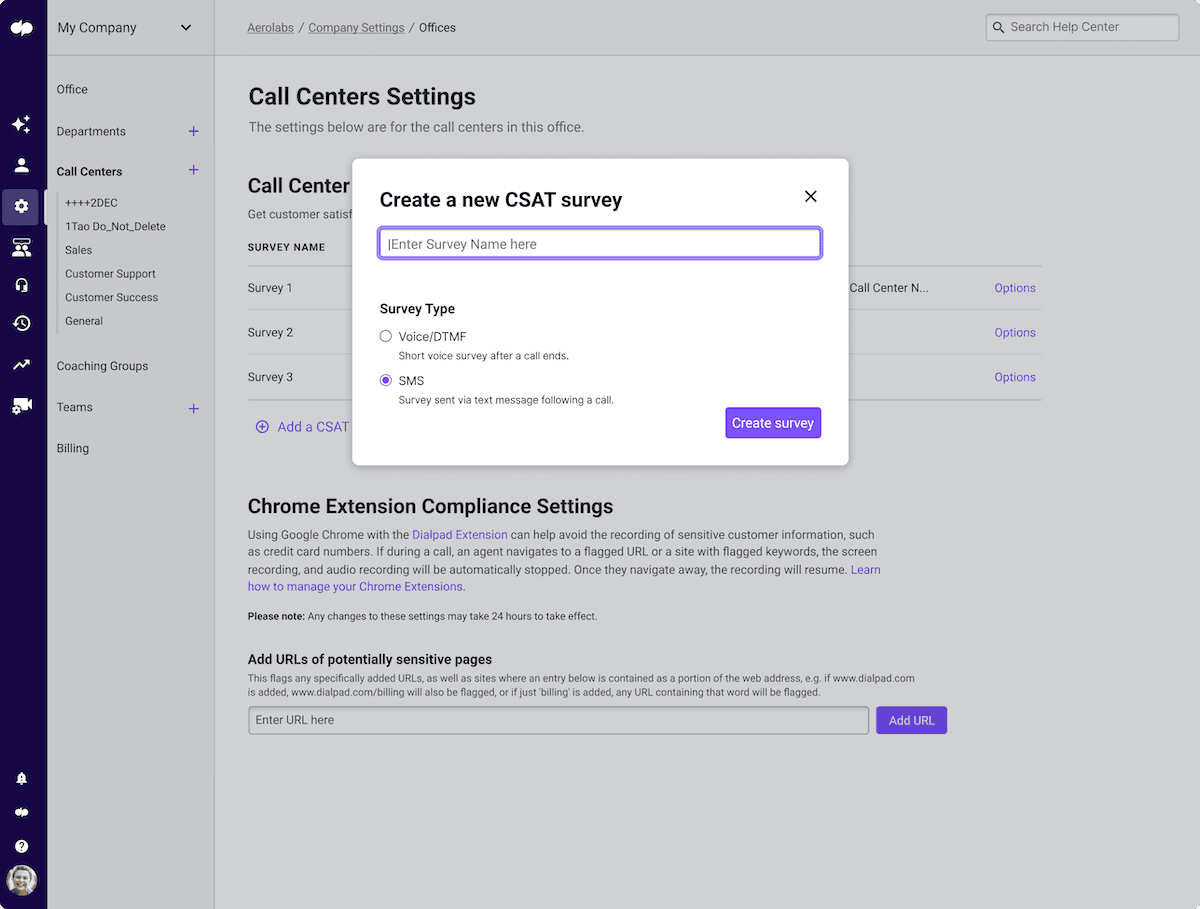What is customer loyalty and how to increase loyalty to your business

Tags
Share
Customer loyalty is what helps businesses keep their customers coming back, which in turn boosts revenue and helps businesses grow. In fact, according to Accenture, customers enrolled in customer loyalty programs generate 12-18% more revenue for retailers than those who aren’t in a loyalty program.
But what exactly is customer loyalty and how can businesses improve their customer loyalty? In this guide, we’ll cover:
What is customer loyalty
Why is customer loyalty important
How to build customer loyalty
Tips for increasing customer loyalty
Examples of successful customer loyalty programs
How to measure customer loyalty
By understanding what customer loyalty is and following the tips provided, your business can create a loyal customer base that will keep customers coming back for more. Let’s get started!
What is customer loyalty
Customer loyalty is the tendency of customers to continue doing business with a company over a long period of time. This can be due to many factors, such as the quality of the product or service, convenience, price, or even just good customer care.
Customer loyalty schemes can be incredibly valuable to businesses since it builds up a base of regular, loyal customers who are more likely to return to the business again and again. This can lead to increased sales and profits over time, so they are well worth the investment.
Customer loyalty vs customer retention
Customer loyalty and customer retention are two important concepts for businesses. Understanding the difference between customer loyalty and customer retention is essential for businesses that want to improve their customer relations.
Customer loyalty refers to the customer's willingness to continue doing business with a company, while customer retention refers to the percentage of customers who continue doing business with a company over time. Often times, customer loyalty and retention strategies are going to be very similar since the goal is to keep your valuable customers. We’ll go into more detail about different customer loyalty tips in a later section.
Why is customer loyalty important?
Customer loyalty is important for businesses for a number of reasons. First and foremost, it helps businesses to retain their existing customers. Second, it can help businesses to attract new customers, as satisfied customers are often more likely to recommend a business to their friends and family. Finally, customer loyalty can help businesses to save money, as it is generally cheaper to keep an existing customer than it is to acquire a new one.
Customer loyalty also provides businesses with a competitive advantage in addition to repeat business. Studies have shown that it costs six to seven times more to acquire a new customer than it does to retain an existing one. Therefore, businesses that focus on customer loyalty are able to save money and resources in the long run.
How to build customer loyalty
To get started on building customer loyalty for your business, the first step is to think about how your business defines customer loyalty. Ask yourself, questions like:
What are the goals for customer loyalty? What are you trying to achieve?
What types of customers do you have? Is it necessary to segment them?
What does success look like?
How should you measure this? (more on this later)
Remember that customer loyalty needs to be built on top of a foundation of excellent customer service. This means that your customer conversations should always make customers feel valued and appreciated.

Having a strong brand that is customer-centric also helps. To do this, you want to really understand your customers. Take the time to understand who your target customers are and what they want from a product or service like yours. Explore what will increase their brand loyalty and possibly even become brand advocates.
Your branding and brand voice should be consistent and recognisable, no matter if you’re speaking to potential or current customers. This rule also applies for both online (such as through social media platforms) and offline platforms.
8 tips for increasing customer loyalty
1. Offer loyalty rewards or incentives for repeat customers
One way to increase customer loyalty is by offering loyalty rewards or discounts for customers who make repeated purchases. This type of program can be an effective way to show your customers that you value their business and appreciate their repeat patronage.
There are a few things to keep in mind when designing a loyalty program of this nature. First, you’ll need to decide what type of perks or discounts you’ll offer. Will it be a referral program, a percentage off future purchases, a punch card that allows them to receive free items with certain purchase thresholds, or something else entirely?
Second, you’ll need to determine how to reward customers. Will they accumulate points or “earn” their rewards? For example, will they receive one point for every dollar spent, or will there be bonus points for certain actions like referring a friend or writing a review?
Finally, you’ll need to decide how long the program will run and how often rewards can be redeemed.
2. Provide excellent customer service and build positive relationships with customers
It should go without saying that if you want loyal customers, you should provide them with a positive experience. Excellent customer service will lead to happy customers and encourages a loyal customer base.
There are many different aspects to customer service, but some of the most important include being friendly and helpful to establish an emotional connection and rapport with your customers. Great customer service also means being able to provide timely and accurate information, resolving complaints quickly and efficiently, and going above and beyond to meet customer needs. This alone can incentivise customers to make repeat purchases due to the service quality that they had received before.
3. Make it easy for customers to do business with you
You should focus on making it easy for customers to do business with you. This can be done by providing convenient payment options, easy returns, and helpful customer service.
By providing convenient payment options, businesses make it easier for customers to pay them. This can include accepting multiple forms of payment, such as cash, credit cards, and other payment methods. Customers appreciate being able to pay in the way that is most convenient for them.
If you’re in retail, easy returns are also important for making it easy for customers to do business with a company. No one likes dealing with return shipping or waiting weeks for a refund. Businesses should make it easy for customers to return items by offering free return shipping and processing refunds quickly.
4. Show your appreciation for customers
Sending a thank-you note is a personal touch that shows customers you appreciate their business. It doesn’t have to be anything fancy—even a handwritten note will do. You can also send thank you notes electronically, either through email or via a customer loyalty program.
Holiday cards are another great way to show your appreciation for customers. Again, these don’t have to be anything fancy—a simple card with your company logo and a season’s greetings message will suffice. You can also include coupons or special offers in your holiday cards as an added incentive for customers to shop with you.
Finally, other gestures such as giving out free samples or hosting customer appreciation events can also be effective in showing your appreciation for customers and increasing customer loyalty.
5. Pay attention to customer feedback and take action
Customer feedback is important for businesses to take into account if they want to improve customer loyalty. It can be difficult to please everyone all of the time, but by paying attention to customer feedback and taking action to improve the customer experience, businesses can show that they are committed to meeting customer needs.
There are a few ways businesses can collect customer feedback, such as through surveys, focus groups, or one-on-one interviews done in-person or over video call:

CSAT surveys are another simple common method of collecting customer feedback—simply email or send the survey through SMS texting to customers after an interaction, like a support call. Dialpad Ai Contact Centre, for example, lets you create CSAT surveys in just a few clicks:

In general, once feedback has been collected, it’s important to take action on it to improve the customer experience. This could involve making changes to your products or services, changing your marketing or advertising strategy, or improving your customer service.
It’s also important to keep customers updated on any changes you make based on their feedback. This will show them that you are listening to them and that their feedback is important to you. By taking action on customer feedback and keeping them updated on your progress, you can show customers that you value their opinion and that you are committed to providing them with the best possible experience.
6. Keep your promises and follow through on your commitments
Keeping your promises and following through on your commitments to customers is one of the most important things you can do to build customer loyalty. When customers feel like they can trust you to keep your word, they’ll be more likely to do business with you again in the future.
There are a few key things you can do to make sure you’re keeping your promises and following through on your commitments to customers:
Be clear about what you’re promising
Set realistic expectations
Keep track of your commitments
Following through on your commitments
By being clear about what you’re promising, setting realistic expectations, and keeping track of your commitments, you can ensure that you always deliver on your promises and exceed customer expectations.
7. Be responsive to customer inquiries and complaints
Customers today expect a quick response to their inquiries and complaints. If they don’t receive a timely response, they’ll likely take their business elsewhere. To build customer loyalty, businesses need to be responsive to customer inquiries and complaints in a timely and professional manner.
Aim to respond as quickly as possible. Customers today expect near-instant responses and if you can’t provide that, you’ll likely lose their business.
When you respond, be sure to do so in a professional manner. This means using a courteous and respectful tone, avoiding jargon, and taking ownership of the issue.
8. Seek out opportunities to build customer loyalty
Social media provides businesses with a great opportunity to build customer loyalty. By interacting with customers on social media, businesses can create a positive relationship and show that they value their customers. There are many ways to interact with customers on social media, such as responding to comments and questions, sharing relevant content, and running social media contests.
Another great way to build customer loyalty is to provide exclusive deals and discounts to social media followers. This could involve giving a discount code for use on your website or providing a free shipping code for orders over a certain amount. By providing these exclusive deals, you’ll make your social media followers feel valued and appreciated, which will lead to increased loyalty.
You can also use social media to solicit feedback from customers and use it to improve your products or services. This could involve running surveys or polls, or simply asking customers for their thoughts and opinions on your business. By taking action based on customer feedback, you’ll show that you care about your customers and are always looking for ways to improve their experience.
Examples of successful customer loyalty programs
Now that you have an understanding of how to increase customer loyalty, you might be wondering what are the different customer loyalty methods used by businesses. There are many different types of loyalty programs, but some of the most popular ones in the UK include points-based programs, discounts, and exclusive offers.
One example of a successful rewards program is Tesco's Clubcard. Customers earn points every time they shop at Tesco, which they can then redeem for money off their shopping bill, vouchers, or other rewards. The program has been very successful, with over 20 million active Clubcard holders in the UK.
Another example of a successful loyalty program is Boots Advantage Card. This program gives customers 4 points for every £1 they spend at Boots, which they can then redeem for money off future purchases or other rewards. The program has been very successful, with over 15 million active cardholders in the UK as of 2022.
These are just two examples of successful customer loyalty programs within retail. The bottom line is that there are many other businesses that have successfully implemented loyalty programs, so there's no shortage of inspiration out there!
How to measure customer loyalty
As we covered above, there are a number of ways in which businesses can foster customer loyalty, but how can businesses measure customer loyalty?
There are a few key ways to do this, namely through surveys/questionnaires or by measuring related customer metrics.
Measuring customer loyalty through surveys
The first is customer satisfaction surveys. Customer satisfaction (CSAT) surveys give businesses a way to directly ask their customers about their level of satisfaction with the product or service they received. Traditional CSAT surveys may not give you a full picture though, since CSAT surveys tend to be filled out by customers who had a really positive or really negative experience with your brand.
But with Dialpad’s Ai CSAT, you can get an accurate CSAT score for 100% of your customer conversations. Our deep learning models are trained to give you an accurate assessment of your customer satisfaction, which can help you infer customer loyalty to your brand.

Similar to CSAT surveys, another way to measure customer loyalty is through Net Promoter Scores (NPS). This measures how likely customers are to recommend a company's products or services to others. NPS can range from -100 to 100, with scores above 0 indicating positive customer sentiment and scores below 0 indicating negative sentiment. But like CSAT surveys, NPS scores can be skewed.
You can also send out a customer loyalty questionnaire to your customers to gauge how loyal they are. For example, you can ask the following questions:
How long have you been a customer of our business?
How often do you purchase our products or services?
What do you think of our products or services?
How satisfied are you with our customer service?
Would you like to receive information about our upcoming sales or promotions?
Would you like to participate in our customer loyalty program?
Review the responses that you collect and begin to strategise how you can increase customer loyalty and whether or not you should invest resources into building a customer loyalty program.
Measuring customer loyalty using other metrics
Or, if you don’t want to rely on a score, an alternative way to measure customer loyalty is through customer retention rates. This metric looks at the percentage of customers who continue doing business with a company over a certain period of time.
For example, if a company has a customer retention rate of 80%, that means that 80% of its customers remain loyal over time. Customer churn rate is the opposite metric and measures the percentage of customers who stop doing business with a company over a certain period of time.
Finally, companies can also look at customer lifetime value (CLV). CLV is an estimate of the total revenue that a company will generate from a customer over the course of their relationship.
How are you keeping customers loyal?
There are a number of steps businesses can take to build customer loyalty, such as defining what customer loyalty means for the business, creating a customer loyalty program, fostering excellent customer service, building a strong brand, and understanding the target customers.
As you work on your customer loyalty efforts, keep in mind that measurement is also key to understanding whether or not these efforts are successful. By using tools like surveys, retention rates, and CLV, businesses can get a clear picture of where they stand with their customers and what needs to be done to improve going forward.
See how you can increase customer loyalty with Dialpad
With Dialpad Ai Contact Centre, you can make sure that your reps provide customers with the best experience possible. Book a demo, or take a self-guided interactive tour of the app on your own!
